ADVERTISEMENT
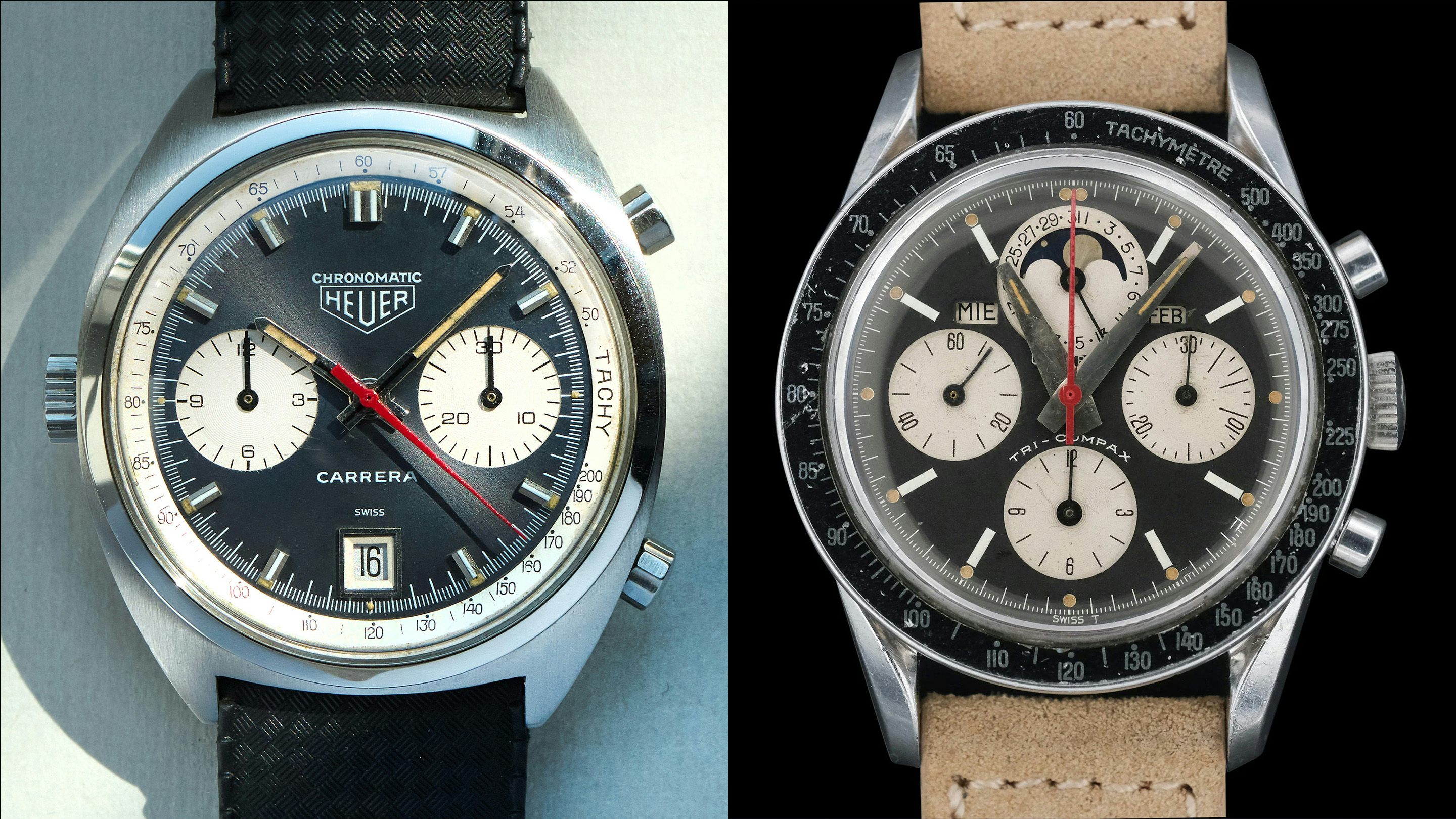
Happy Friday, and welcome back to Bring A Loupe! We saw quite the response to last week's edition, comments are always welcome and even encouraged! There was some talk about the "T SWISS T" designation on a "no-lume" Zephyr featured. As I attempted to clear up in the comment section, this is something we see in the world of vintage Rolex, with shared dials between lumed and non-lumed variants for ease of production. By the way, it looks like our lead pick from last go around, the Patek Phillipe ref. 2545 in rose gold is still available!
As for what did sell, the gorgeous Movado triple calendar in yellow gold with Breguet numerals has been marked as "Sold" — the asking price was $6,295. On eBay, the aforementioned Zephyr found a discerning buyer for a best offer price below the ask of $5,990. Both are great watches in that "mid-semi-accessible" vintage watch price band that I am sure the next owners are going to love.
And now, this week's picks!
1960s Universal Genève Tri-Compax 'Evil Clapton' Ref. 88101/02
Ah, the "Evil Clapton" Tri-Compax, there really is nothing quite like it. When vintage watches first came into vogue, around ten years ago or so, this is one of those models that rose to the level of "grail." At the time, in the world of mid-century sport chronographs, collectors dialed in to specific watches like the Panda Paul Newman Oyster Daytonas, early Heuer Carreras, and, of course, the Omega Speedmaster ref. 2915. Interest has since spread out a bit, and, in turn, the ravenous chase for these so-called "grail" chronographs has slowed down a bit. That said, the reasons why collectors saw these watches as the mountain top are still present and always will be.
Produced in both white and black dials, these Tri-Compax references gained their nickname thanks to Eric Clapton wearing one. Not when Clapton was known as a watch collector in the 1990s, but back in the 1960s, such as in this photo from 1967 with Jimi Hendrix! Clearly a man of discerning watch taste, Clapton likely recognized that the Tri-Compax was superlative in its day. This is essentially a Daytona with added triple calendar and moonphase functionality. The 36mm stainless steel case features twisted lyre lugs a la the Speedmaster Professional, and the reverse-panda layout is simply gorgeous. In my mind, the Clapton Tri-Compaxes represent the ultimate mid-century chronograph design.
The Clapton's dial is not cluttered; the added calendar and moonphase complications are gracefully integrated into the design. The bright radial sub-dials with sharp serifed fonts catch your eye at a glance, while the day and date wheels are snuck in between, there only when you need them. Large luminous plots at each hour marker and broad sword hands go a long way towards making the watch readable as well.
The dial design is what brings us in, but the in-house UG caliber 281 inside is nothing to scoff at. It's manually wound, designed, and produced all by UG, which is something to note at this time, where most brands leaned on outside suppliers like Valjoux — namely, Rolex for the Daytona.
Condition here is exactly what I'm looking for in a Clapton. The dial is clean, free of any major blemishes to my eye, outside of the slight patina to the sub-dials, which I find pleasing. The luminous material in the hands and on the dial has aged to a creamy tone that matches throughout, adding to the vintage look. And the case is well-defined, the seller remarks that it is unpolished, but at the very least, the twisted edges on the lyre lugs are clear.
The seller, Maximiliano of Relojes Vintage Mexico in, well, Mexico, is offering this Evil Clapton for $20,999. Click here to get all of the details.
1969 Heuer Carrera Chronomatic Ref. 1153N
In the world of vintage Heuer, few variations spark instant recognition like the "Chronomatic" dials. Produced for a very, very short run of dials, right at the dawn of the Caliber 11 era starting in 1969, the word "Chronomatic" sits proudly above the Heuer logo, and the model name, "Carrera," has been relegated to the bottom. This was a departure from the dial branding of the previous manually-wound Carrera generation and speaks to how proud the brand was to offer an automatic chronograph movement. Heuer quickly reverted to a "normal" layout, basically only offering Chronomatic dials for a few short months. As one can imagine, these dials have become the ultimate for Heuer collectors, serving as almost a secret handshake between those who really know.
The reasoning for the switch from using Chronomatic to not stems from Heuer's collaboration within the Project 99 consortium, where Hamilton-Büren, Dubois-Dépraz, Breitling, and Heuer co-created one of the first automatic chronograph movements. The details of the movement are quirky as it features a micro-rotor and a left-handed crown. While Heuer stopped using the Chronomatic branding, you can find watches with this same movement branded as such from Breitling and Hamilton. It's possible Heuer moved away from the word to differentiate its offerings, but many collectors have also claimed the market didn't quite understand what it meant. "Automatic Chronograph," the branding that replaced it, was much easier to understand.
This small dial detail can be found on Carreras, Autavias, and Monacos, but among the group, I do prefer the ref. 1153N. It's simple, but the blue dial really shines, and simplicity is what makes the Carrera, in any form, so great.
The sellers, Andee and the team from rarebirds.de in Germany, are offering this Chronomatic Carrera for €17,900. Click here for all of the photos and information.
Editor's Note: After publishing this article, the seller updated the listing to include more information. Specifically, it has come to light that this Chronomatic dial was not originally fitted within this specific case. All the parts here are authentic and period correct but likely, were not born together, please read more via the link above.
1978 Rolex Explorer II Ref. 1655 'Mark 4'
Here's a quick one in the world of vintage Rolex. There's not a ton I need to say as it's a great watch from one of the most respected vintage Rolex sellers in the world, but I'll do my best!
The Rolex Explorer II ref. 1655 targeted a shockingly niche market: cave explorers. This explains the bold and bright 24-hour hand (notably not a GMT hand since the external 24-hour bezel is fixed and the hand cannot be independently set). The purpose of this orange hand was to differentiate between day and night underground. The watch was never a huge success over its 14-year production from 1971 to roughly 1985, but the lower sales and its distinctive look compared to other Rolex sport models eventually caught the interest of Rolex collectors. It's known by the nicknames "Freccione," arrow, in Italian, and "Steve McQueen," although there is no evidence that the actor ever owned one.
The earliest examples of the reference featured a straight seconds hand rather than the more Rolex-standard shape we see here. Ref. 1655 dials are commonly categorized into 7 variants or "marks," this one being a Mark 4. The watch has a great look overall with excellent patina, as well as the ever-desirable accessories of an original box, papers, and product literature.
The seller, Andrew Shear of Sheartime in New York City, is offering this Rolex Explorer II "Freccione" for $30,000. Check it out in full right here.
1950s Gübelin Dress Watch In Stainless Steel
There's something special about Gübelin-branded wristwatches of the mid-century. As one of the largest watch and jewelry retailers in the world at the time, you just know that these white label products (produced for Gübelin by watch brands) are of the highest quality possible. Gübelin wouldn't dare to offer their clients anything less. Don't believe me? Take a look at the 1920s triple calendar watches produced by Audemars Piguet for the retailer, only branded as Gübelin, just like this watch.
From the movements to the dials and cases, even when not produced by Audemars Piguet, these watches are incredibly well made and insane value because, put simply, people just don't know. The movement here is a Cyma 12 ligne caliber; you can find this family of movements under Cyma caliber numbers 214 and 216. Introduced in 1930, this caliber could be regulated to the level of an observatory chronometer and features gorgeous architecture. Just look at the curved three-finger bridges of the going train; it doesn't get much better than that in a vintage time-only wristwatch caliber. Oh, and the case is 35.5mm in diameter, a great size.
The seller, Craft and Tailored in Los Angeles, is offering the Gübelin for the incredible price of $1,850. Grab it right here.
Bidder Beware: 1800s "Breguet A Paris" Pocket Watch — One Of The Earliest Fake Watches, Ever
This may be the only fake watch I have ever found to be interesting. If you are familiar with the history of Breguet, the brand, and Abraham-Louis Breguet, the man, you'll remember his 1795 invention of the secret signature. At this time, Breguet was so well respected in his field that, likely for the first time ever, other watchmakers began to produce pocket watches (by hand, of course) and sign them with Breguet's name. Essentially, this is the birthplace of fake watches. Breguet, the man, thus began to combat these fakes by signing every authentic Breguet dial with a pantograph, an engraving machine capable of precise miniature lettering that was almost invisible.
The watch we have here, listed on eBay, likely dates to the early 1800s and is an example of a well-known group of Breguet fakes, which are all signed "Breguet A Paris" on the dial and movement. Breguet signed watches in different ways throughout its history, including "Breguet," "Breguet et Fils," and "Breguet et Fils, Horloger de la Marine Royale," but never "Breguet A Paris" or "Breguet et Fils A Paris." This group of fakes is such a problem that, for a time, the Breguet website featured a warning before submitting for an extract from the archives stating that if your antique pocket watch says "Breguet A Paris" on the dial, it's probably not even worth asking us if it's real.
So yes, this is a somewhat interesting piece of horological history, but that doesn't make it any less of a fake. Feel free to check it out right here and proceed at your own risk now that you know what it is!
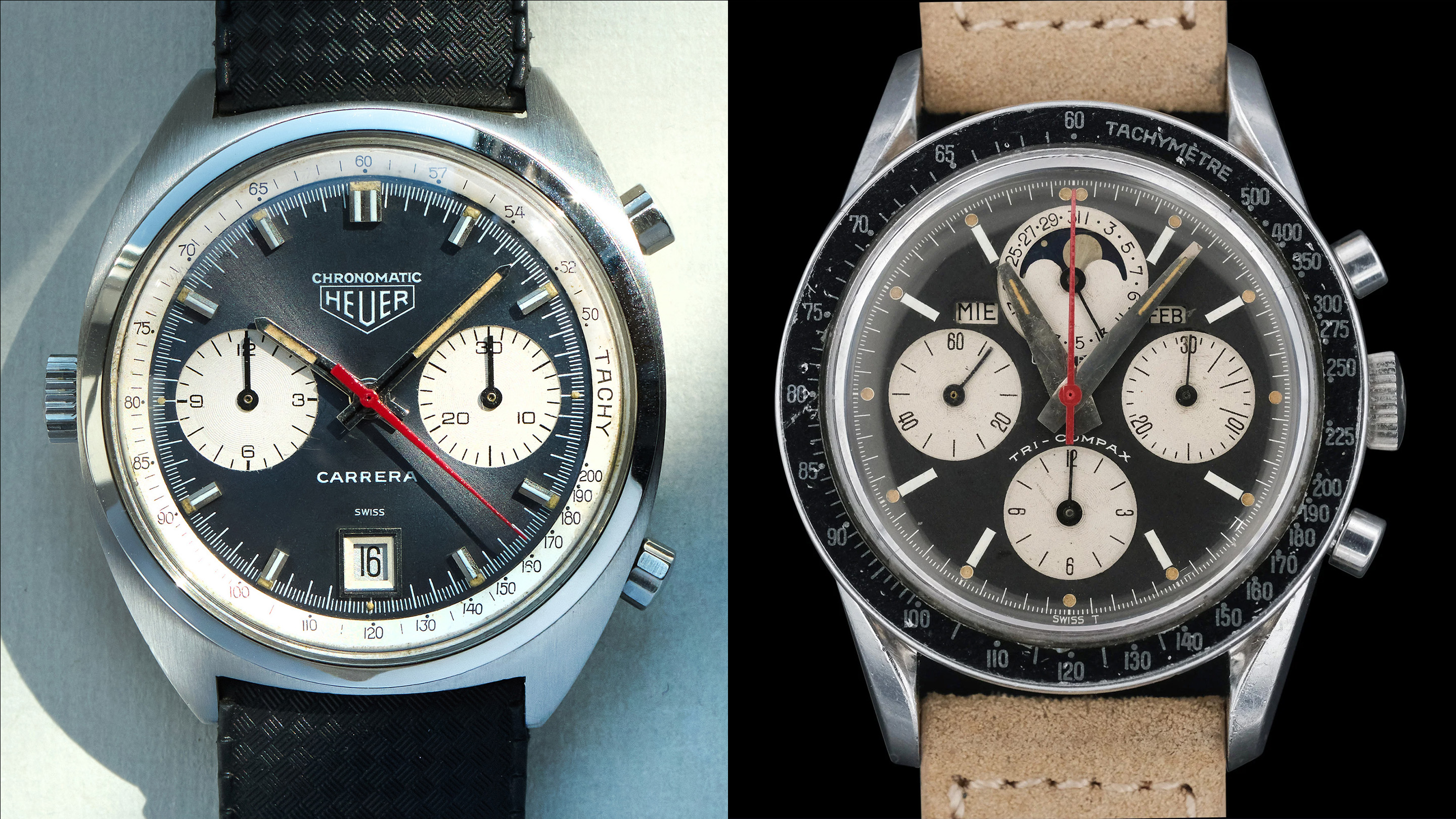





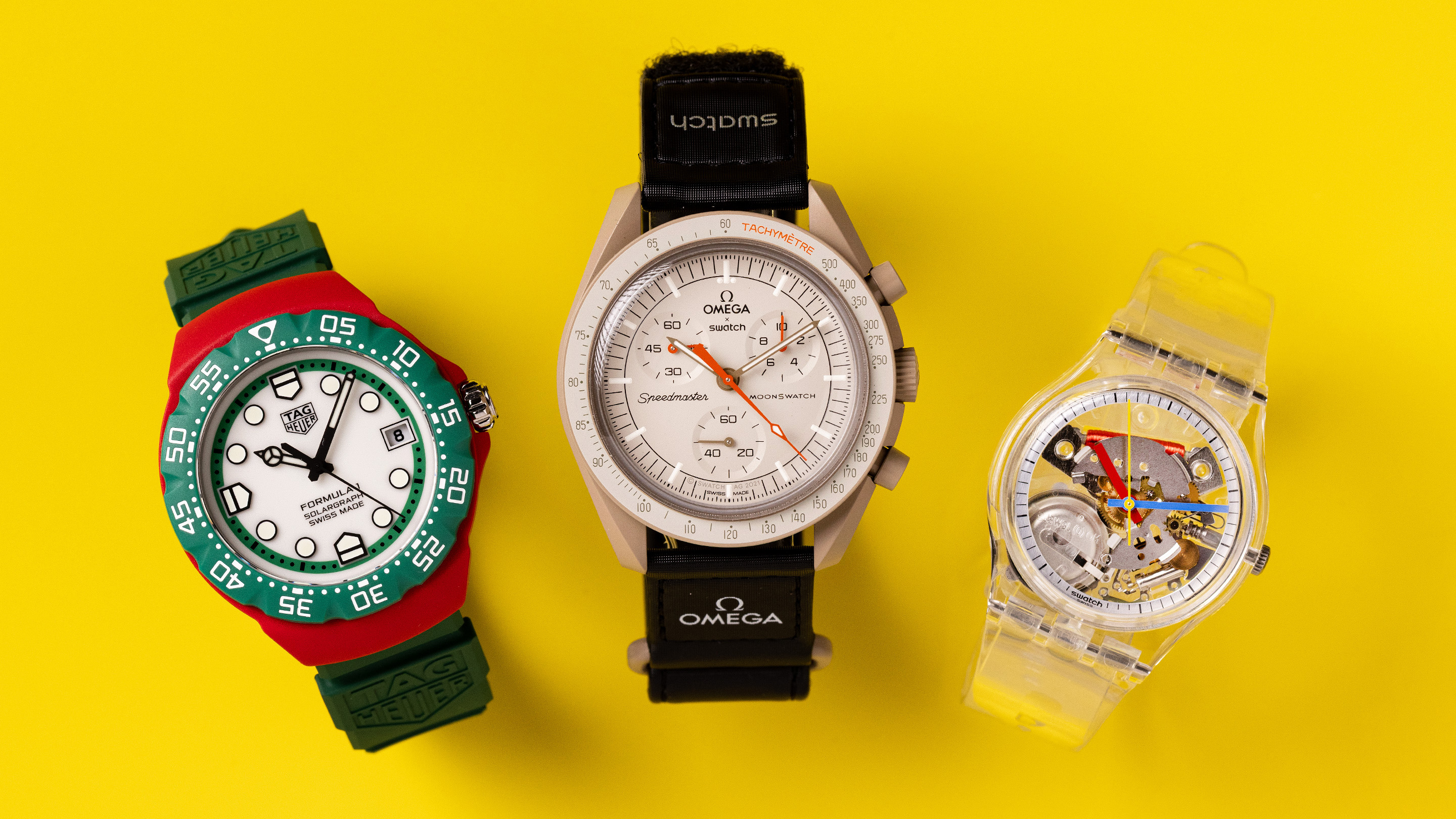
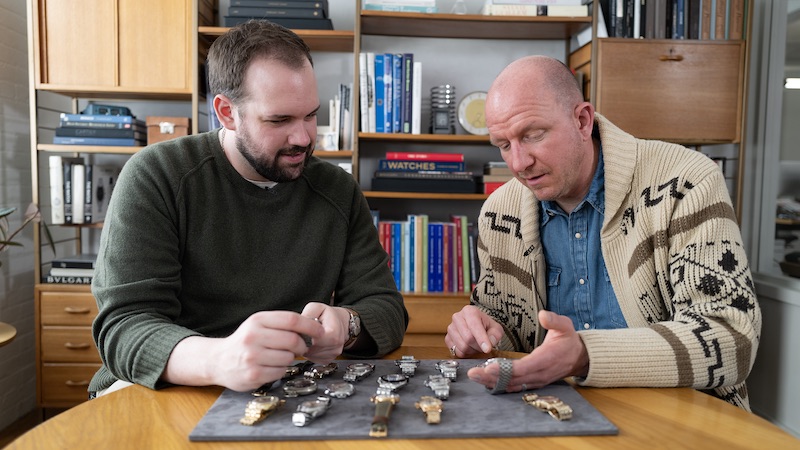



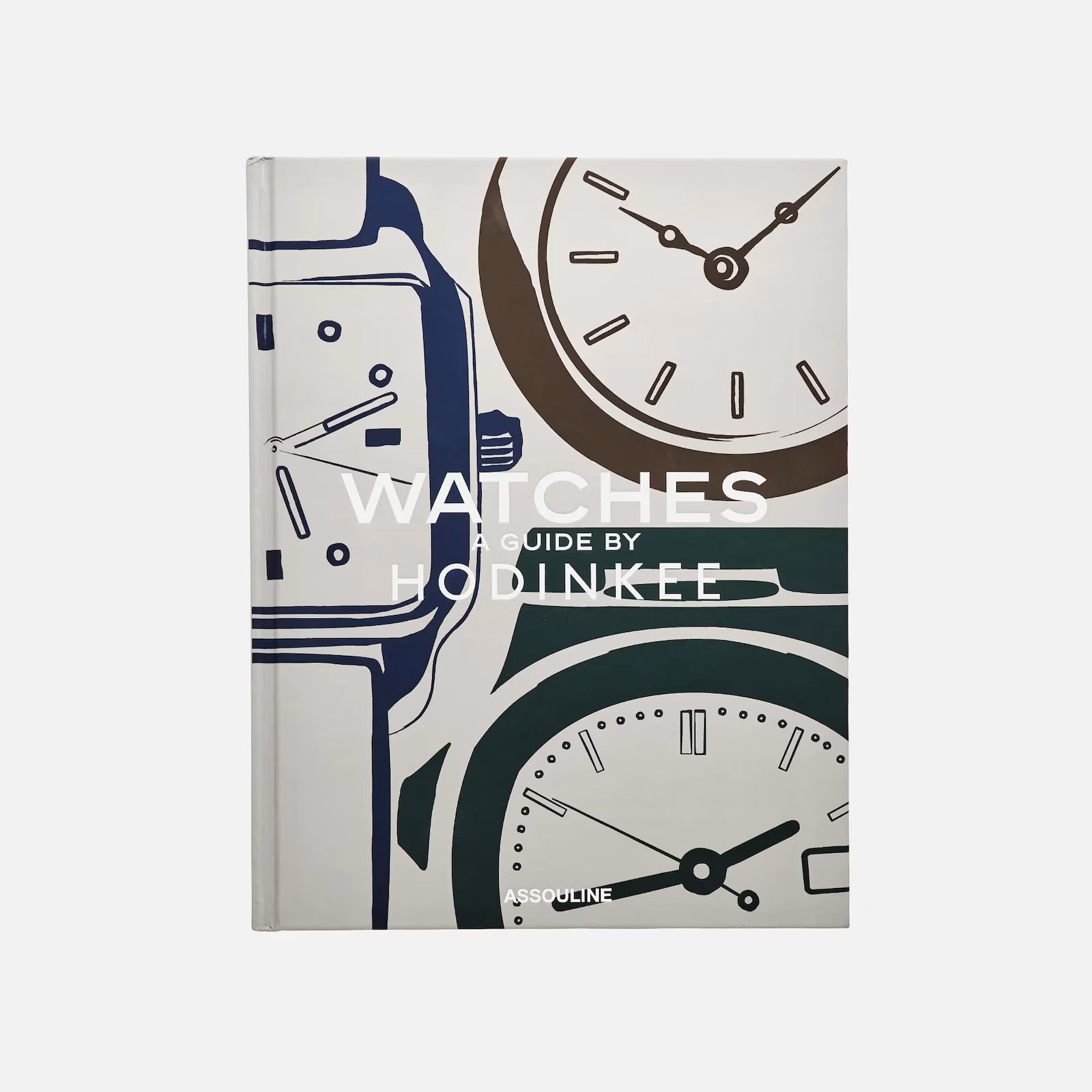








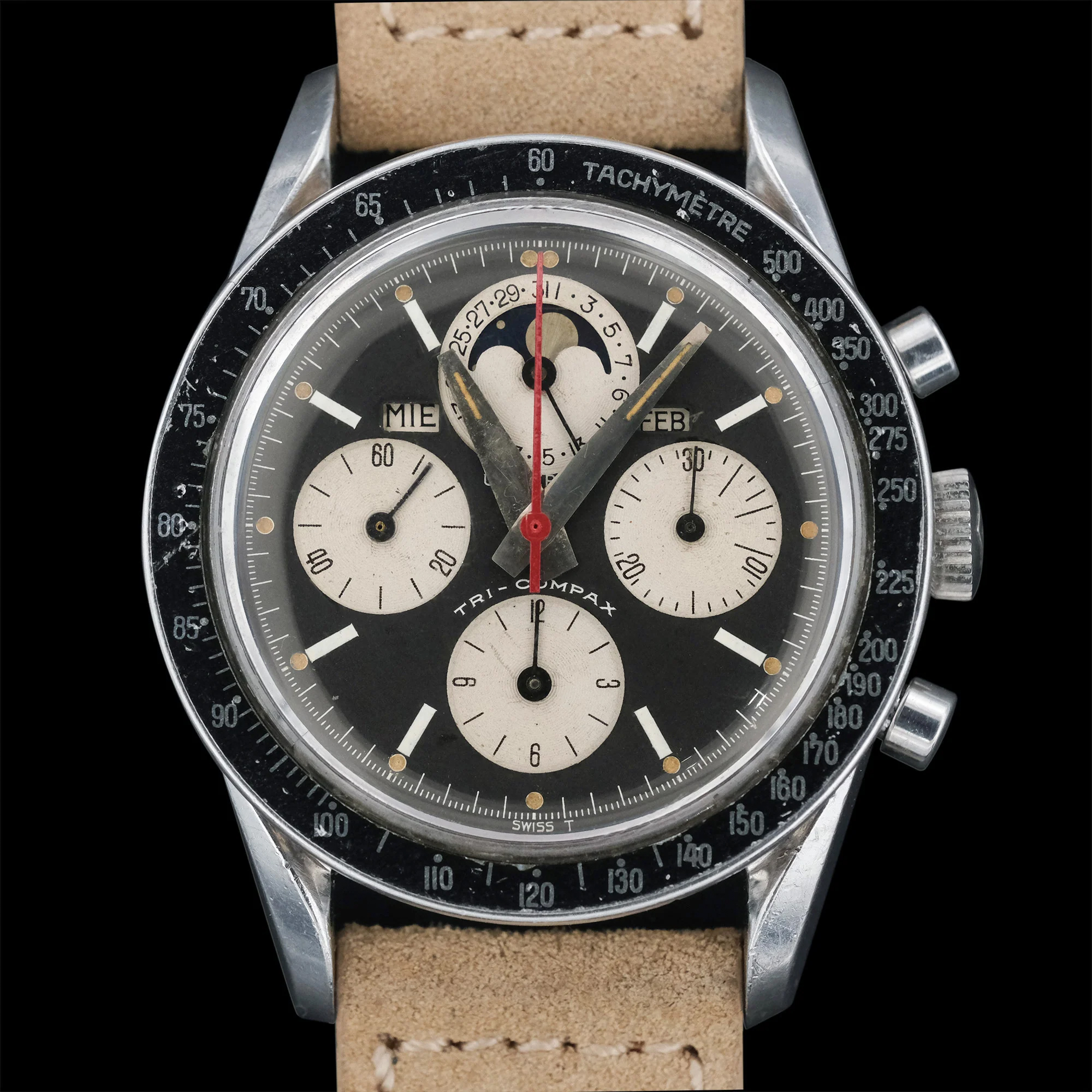

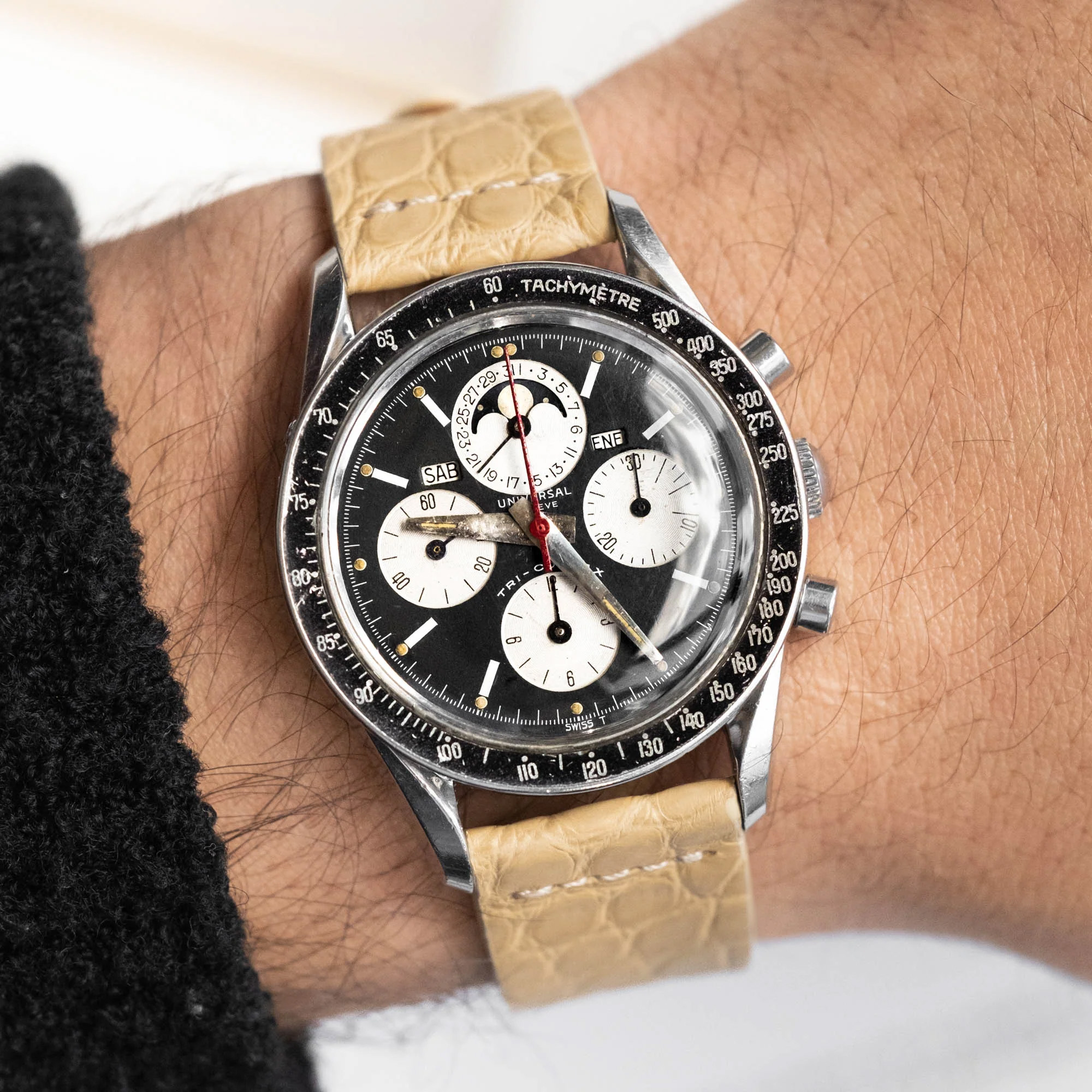

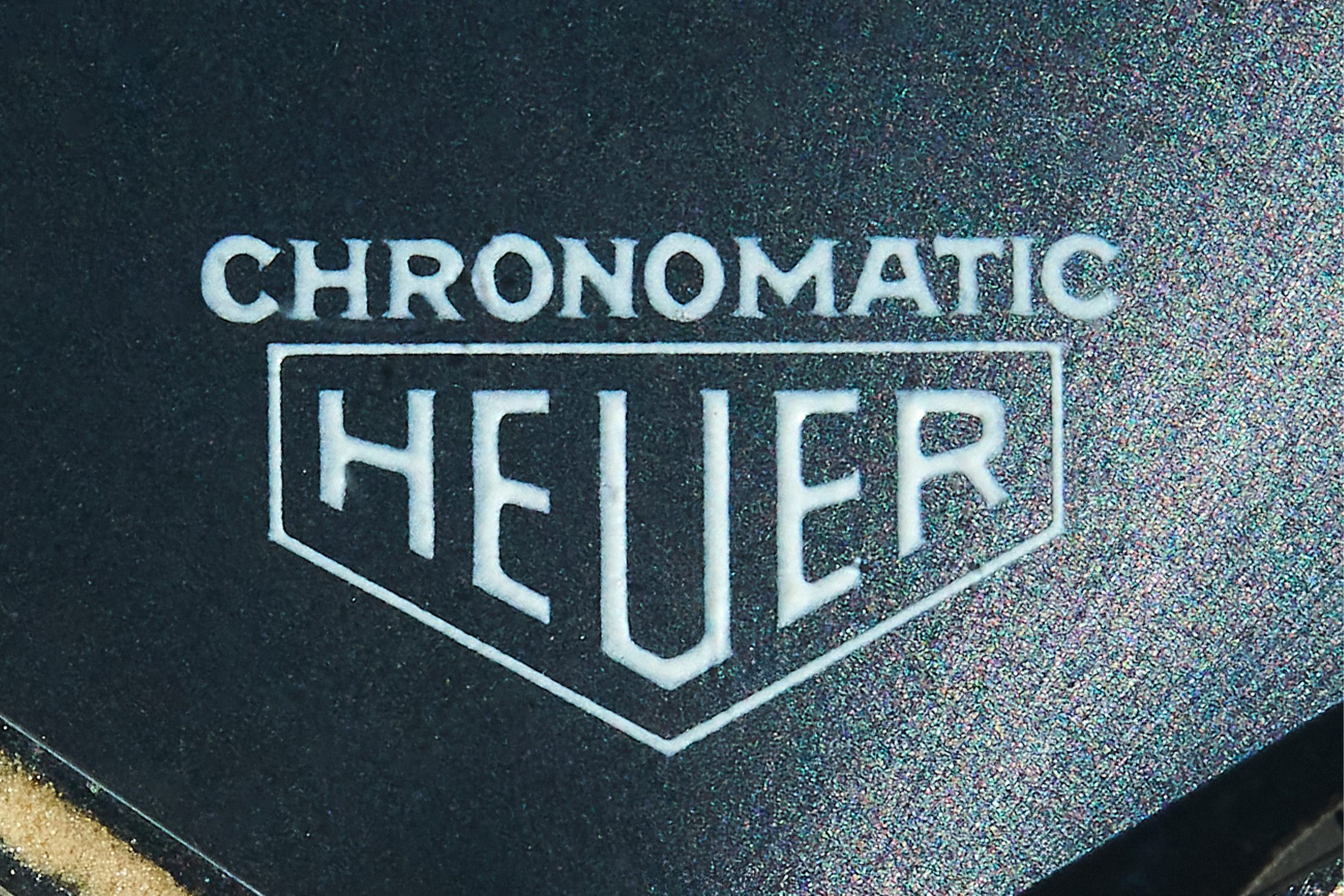
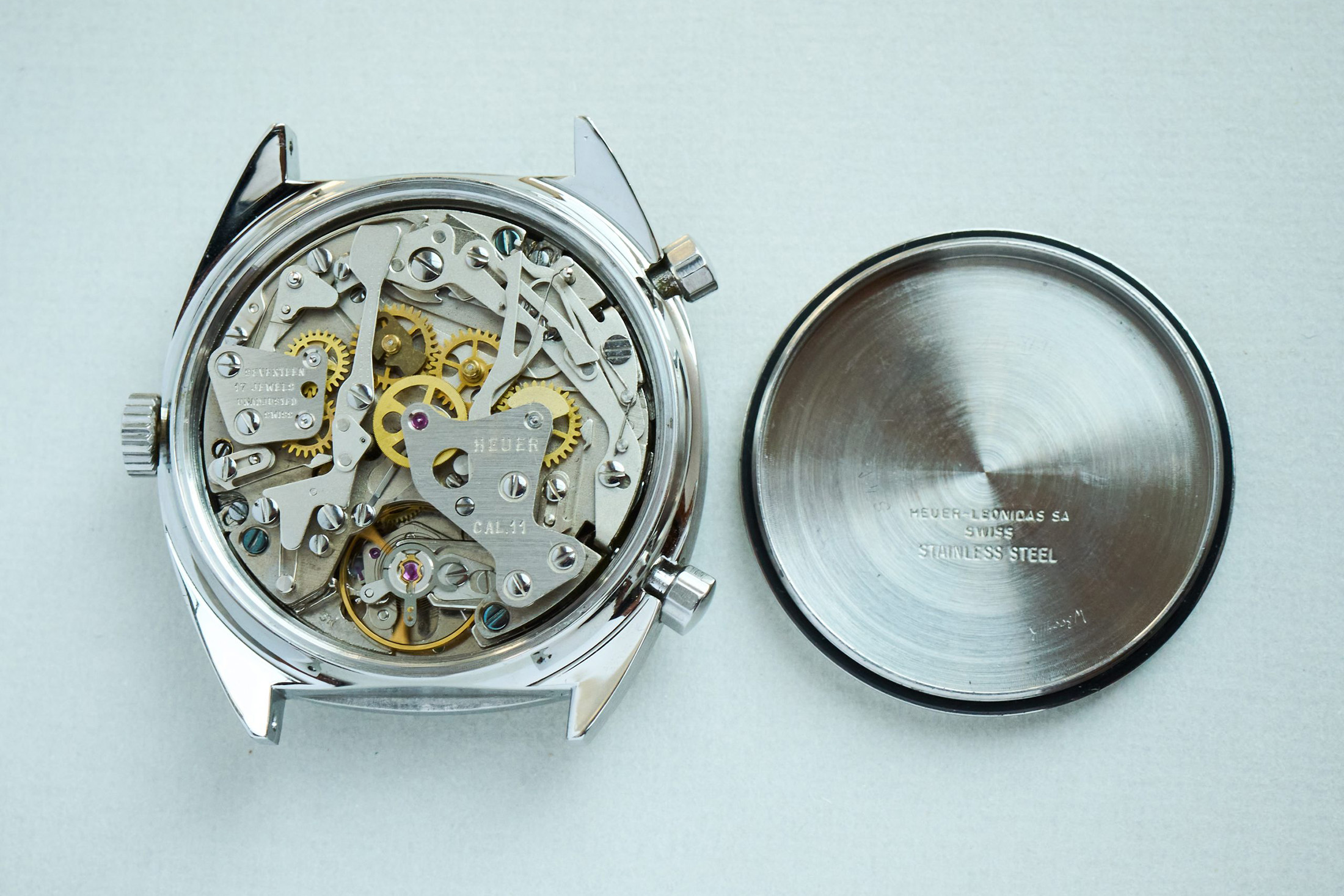
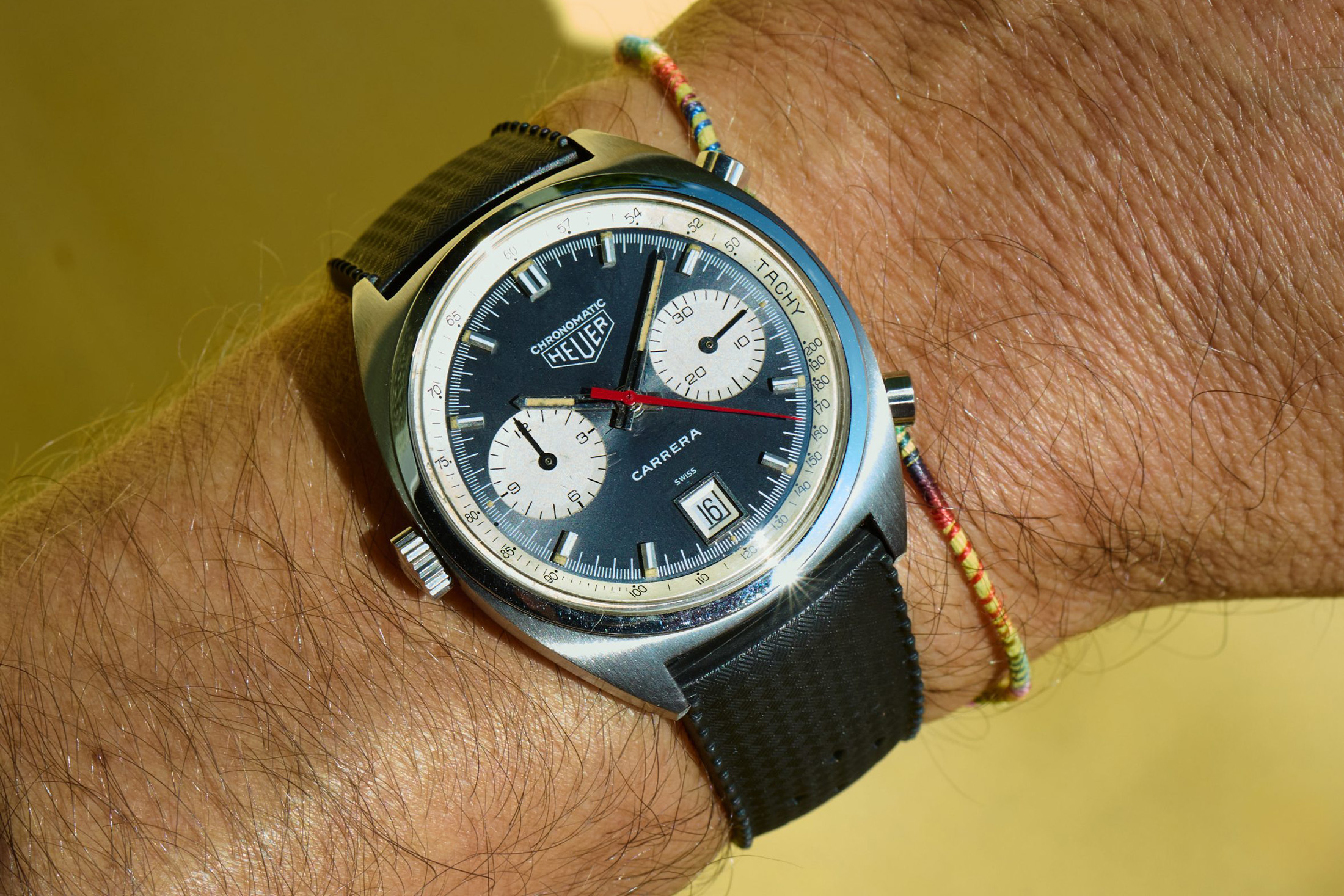

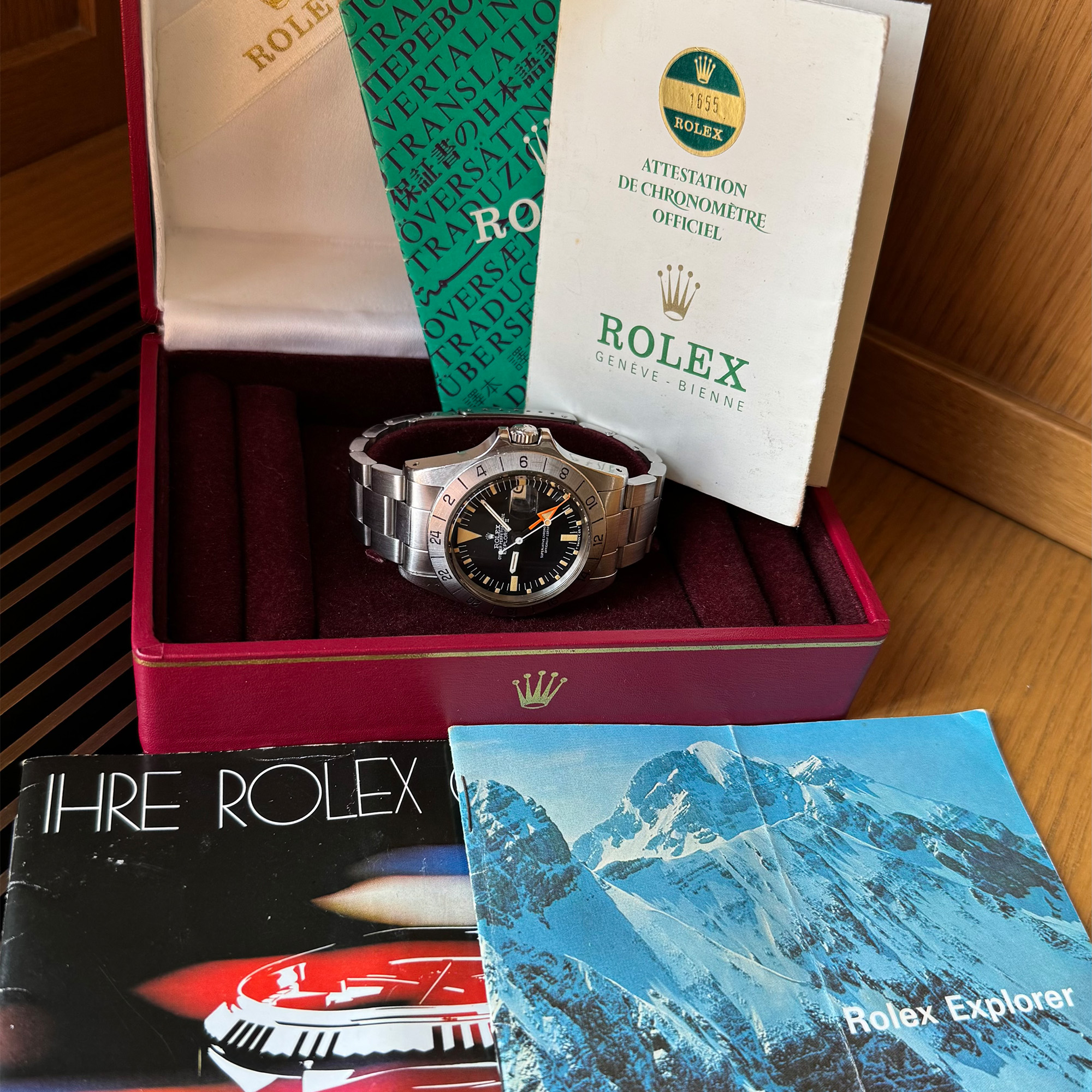
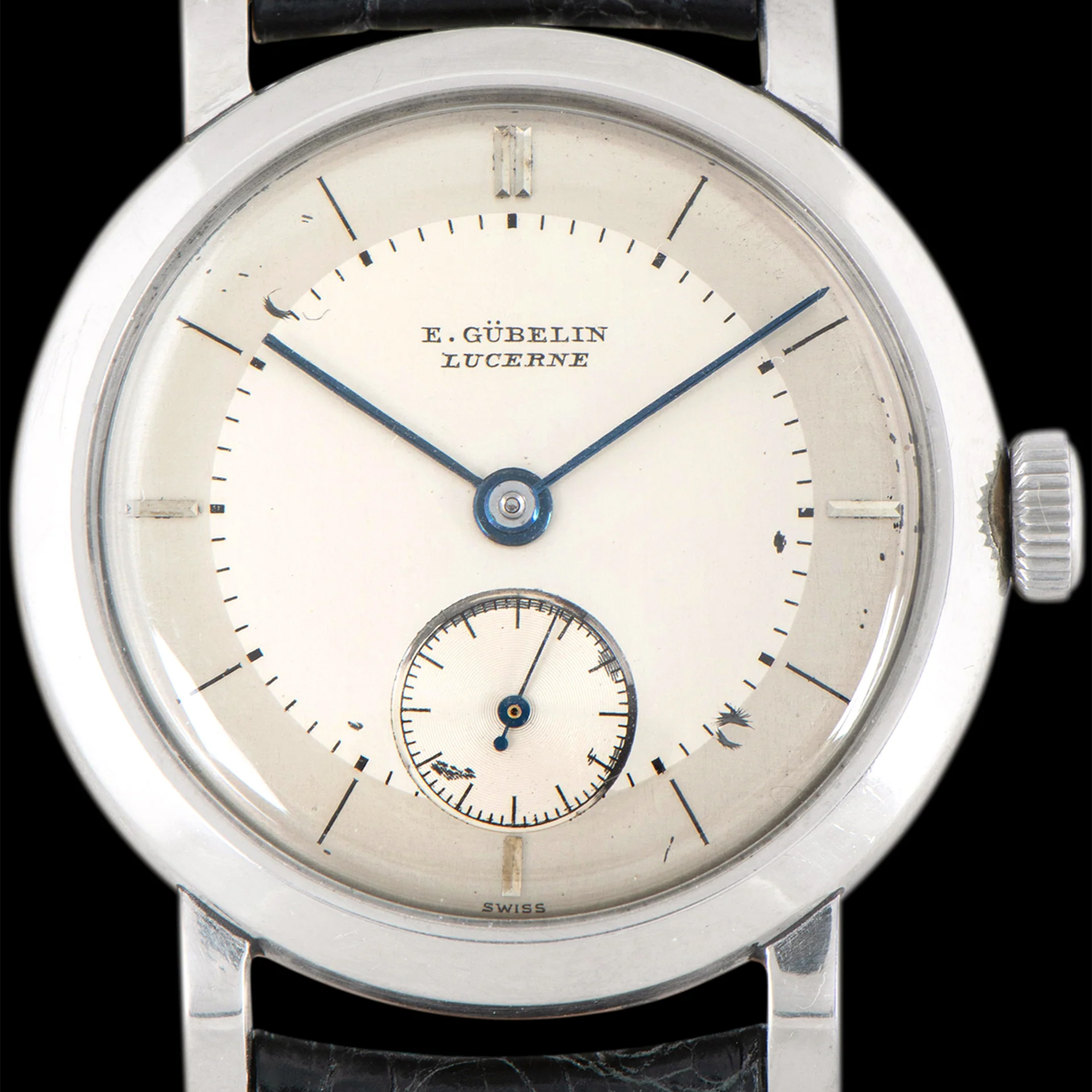
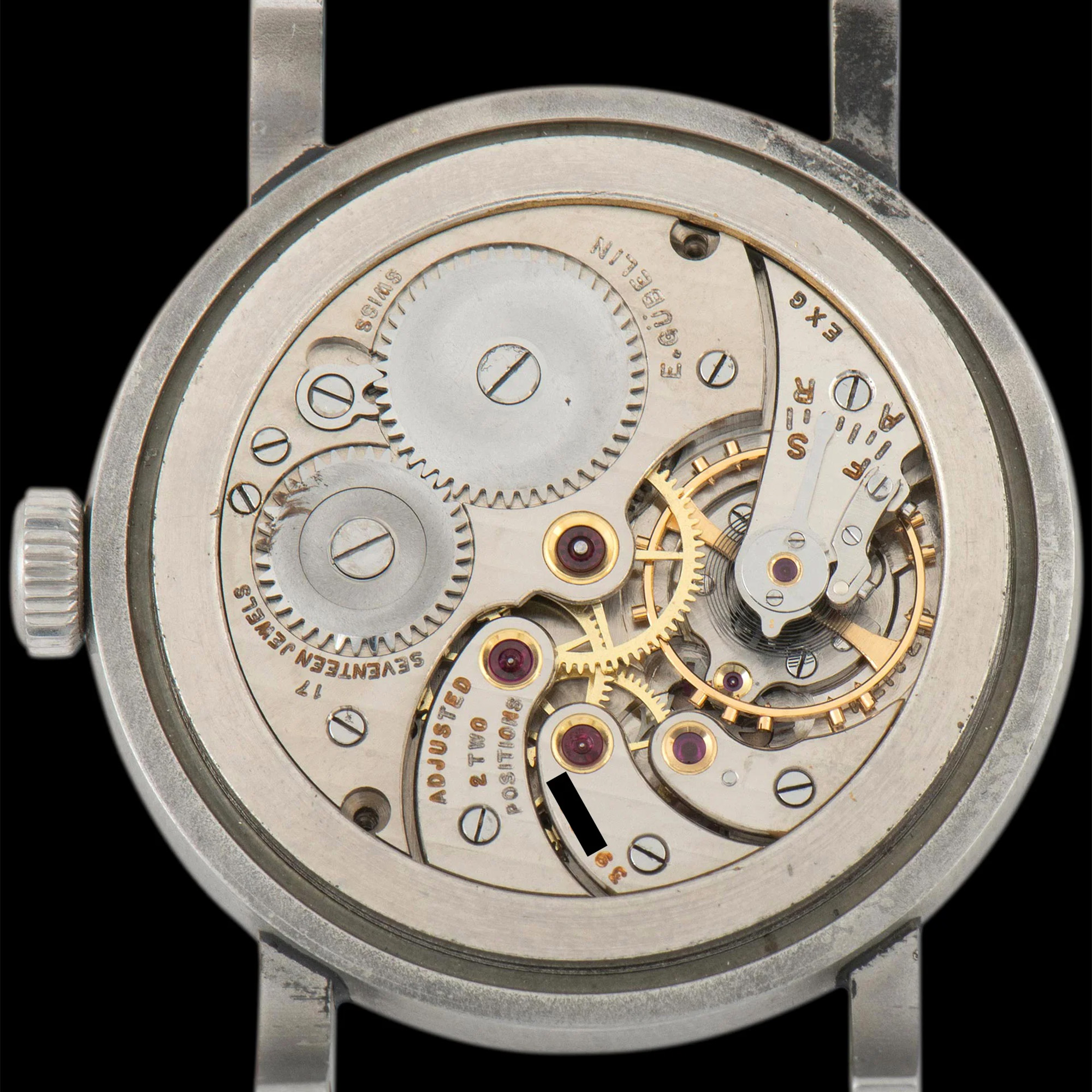
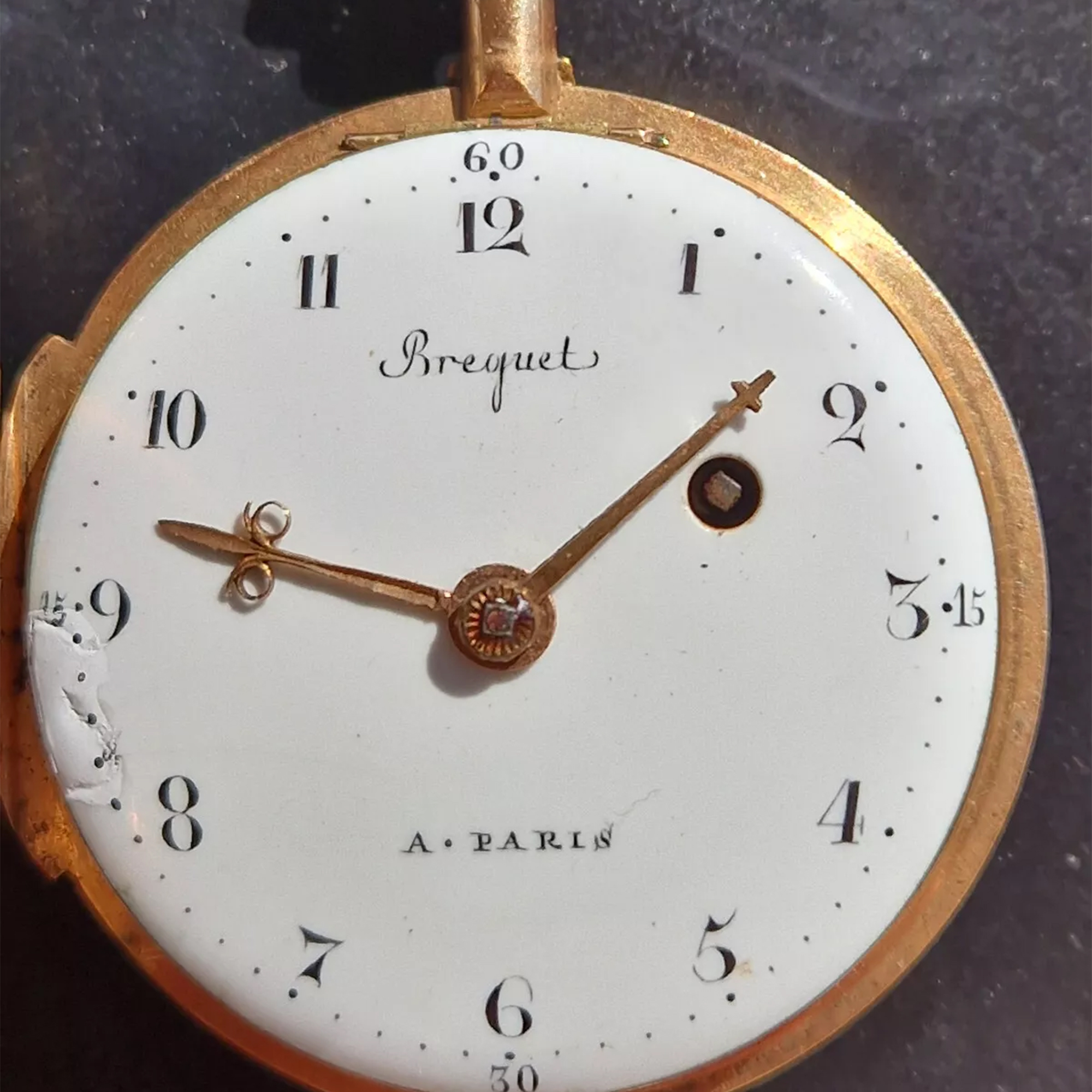
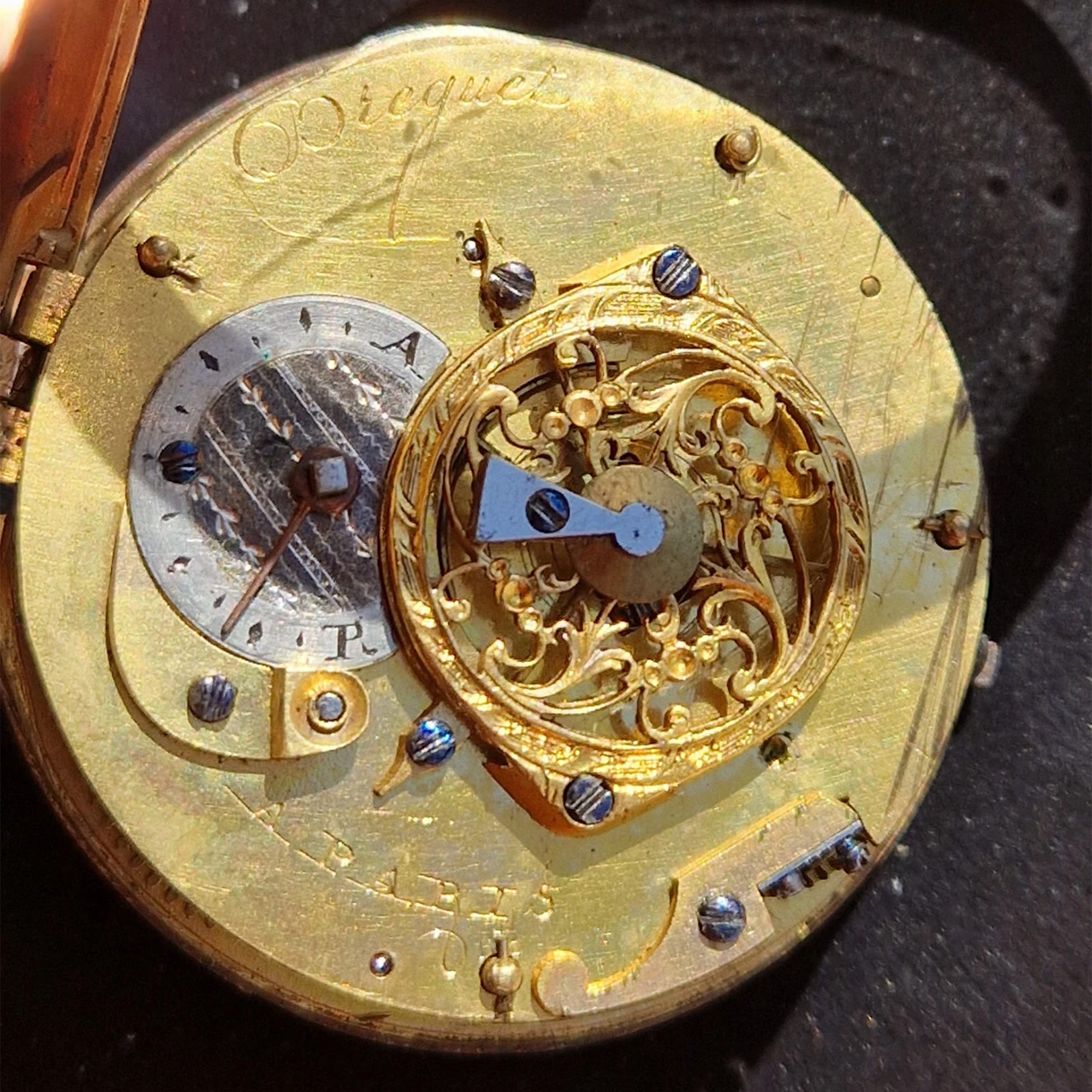
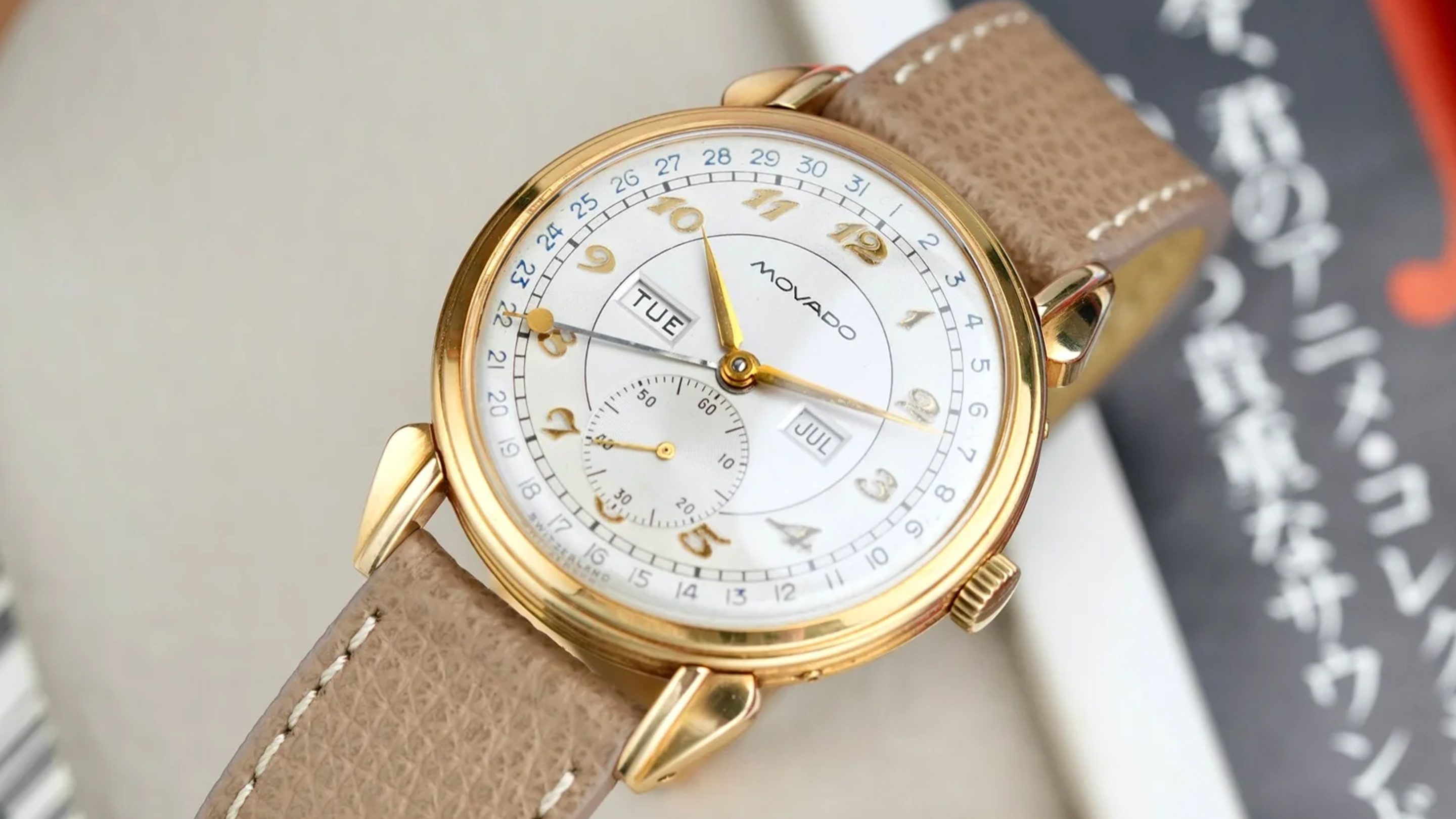

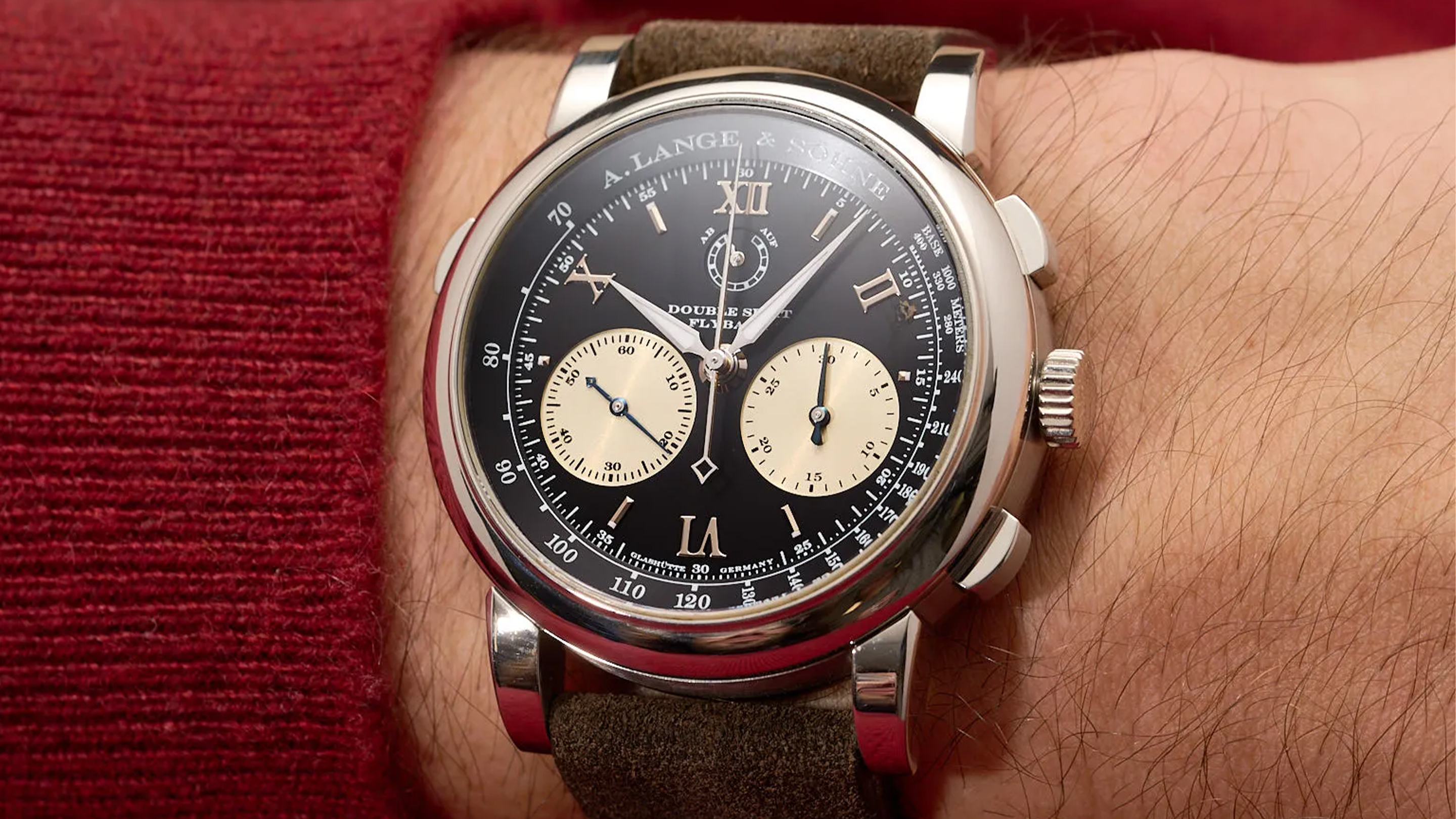


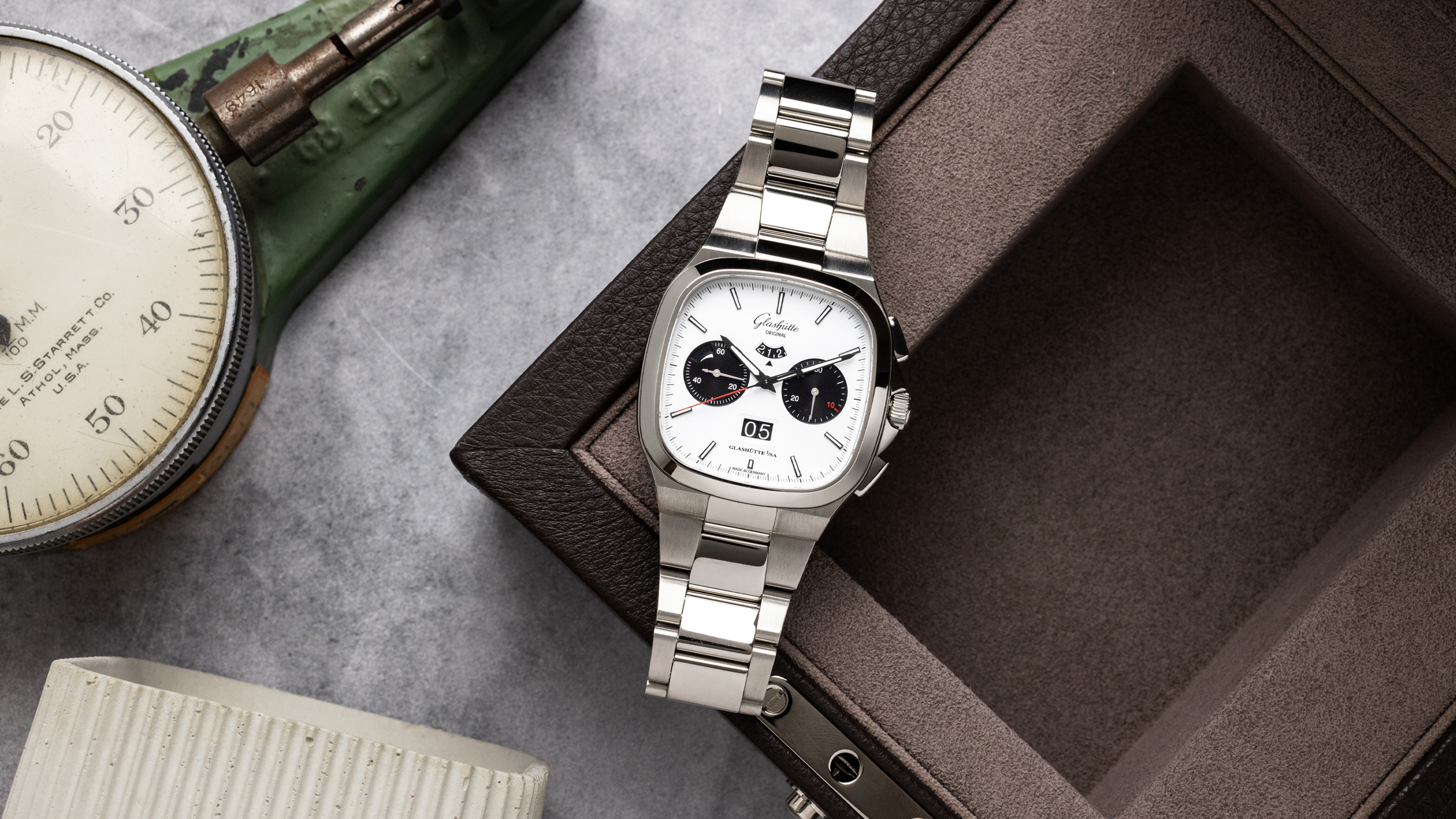

Top Discussions
GatheringsThe Driving Allure of Porsche Design Timepieces
Bring a LoupeAn 'Evil Clapton' From Universal Genève, A Chronomatic Heuer Carrera, And A Very Early Fake Watch
Business NewsHow One Legendary CEO, One Independent American Retailer, And One Swiss Pre-Owned Seller Are Responding To The Tariff Situation